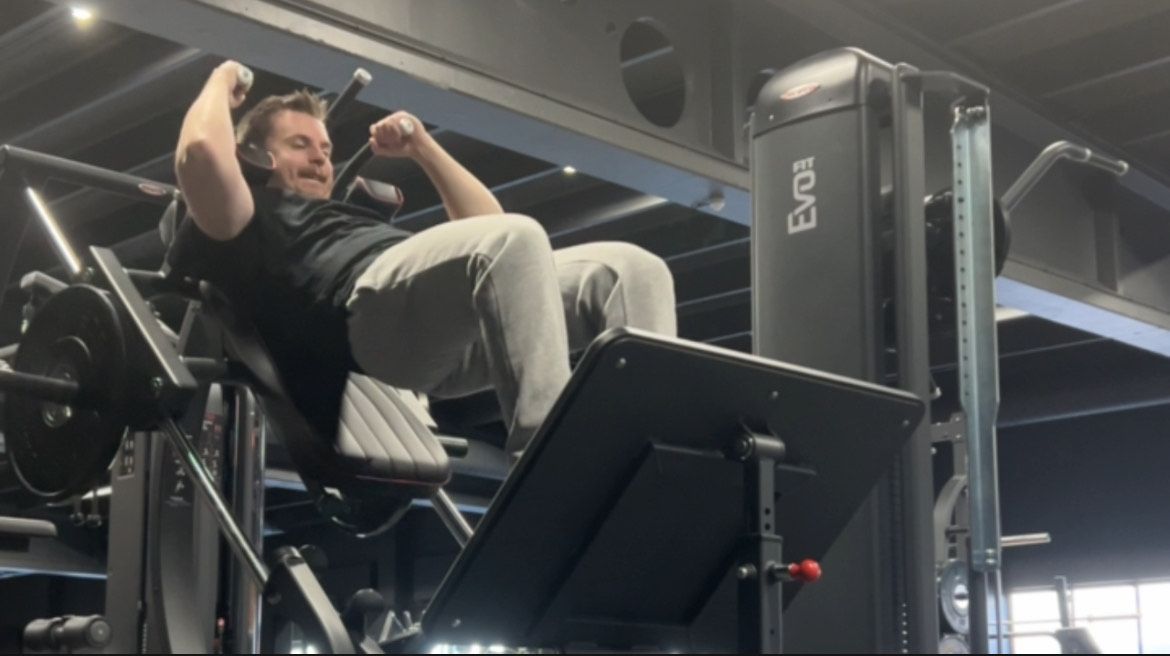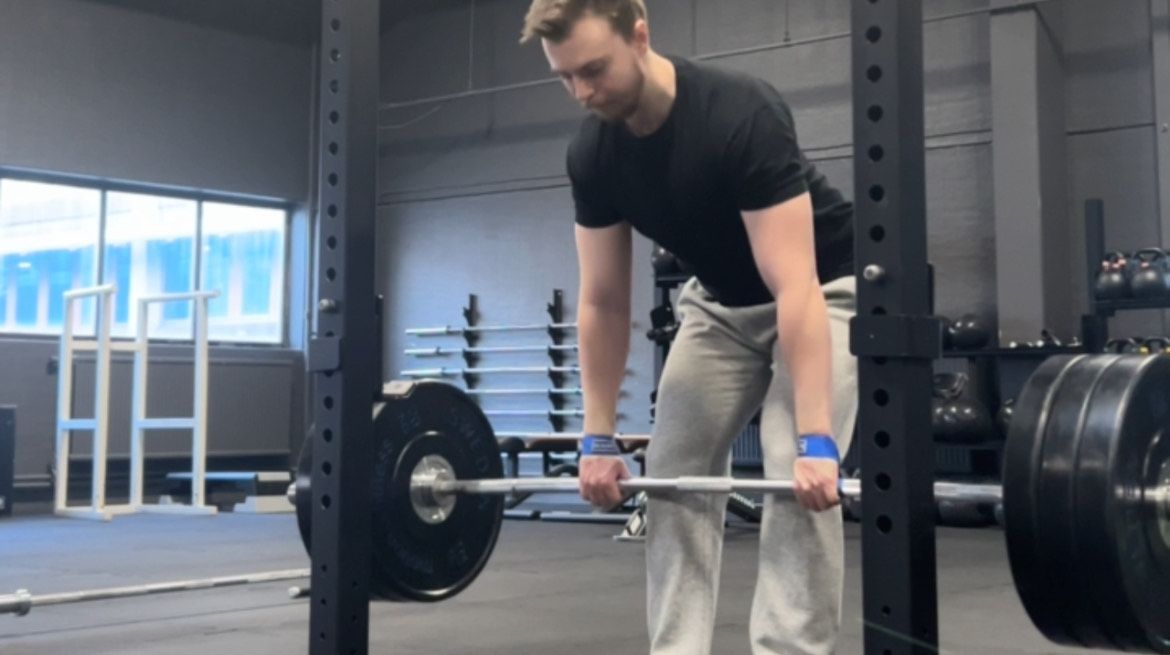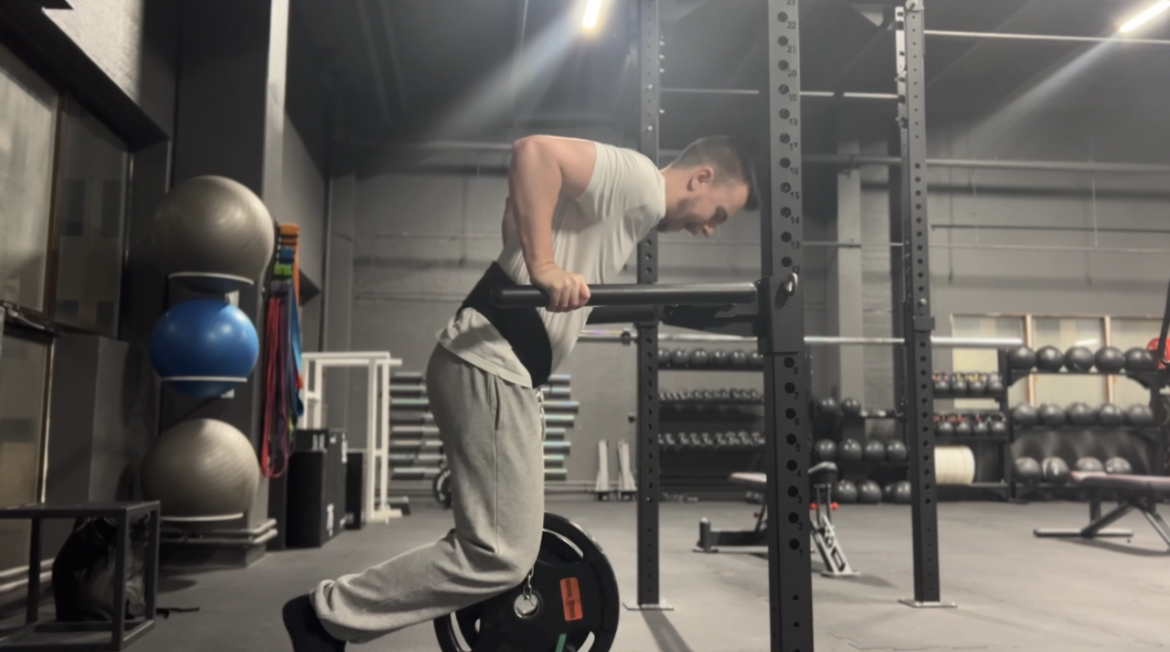Slow down
Control the eccentric
In the realm of fitness and strength training, there's a commonly overlooked aspect that holds immense significance for both muscle building and injury prevention – eccentric control. Eccentric contractions, characterized by the lengthening of muscles under tension, play a pivotal role in maximizing gains and safeguarding against potential injuries. In this article, we will delve into why mastering eccentric control should be an integral part of your training regimen.
Eccentric Contractions and Muscle Building:
Increased Time Under Tension:
Eccentric contractions prolong the time your muscles are under tension during an exercise. This increased time under tension stimulates greater muscle fiber recruitment, leading to enhanced muscle growth. The longer duration of the eccentric phase allows for more muscle damage, triggering a more robust adaptive response during the recovery and rebuilding phase.
Enhanced Muscle Activation:
Controlling the eccentric portion of an exercise demands a higher level of neuromuscular coordination. This heightened activation of motor units contributes to more significant muscle involvement, promoting a more comprehensive and effective workout. As a result, the muscles are stimulated to a greater extent, fostering increased strength and hypertrophy.
Improved Muscle Microtrauma:
Eccentric contractions induce microscopic damage to muscle fibers, known as microtrauma. While this might sound counterintuitive, this microtrauma is a catalyst for muscle repair and growth. As the body repairs these microtears, muscle tissue becomes denser and more resilient, paving the way for long-term muscle development.
Injury Prevention Through Eccentric Control:
Reinforcement of Connective Tissues:
Eccentric training places a unique stress on tendons and connective tissues. As these structures adapt to the demands of controlled eccentric movements, they become more robust and less prone to injuries. This reinforcement is especially crucial for individuals engaged in high-intensity training or sports, as it provides a protective buffer against overuse injuries.
Joint Stabilization:
Eccentric control plays a key role in joint stabilization by engaging muscles around the joints during the lengthening phase of an exercise. This enhanced stability not only reduces the risk of acute injuries but also provides a foundation for improved movement mechanics. This is particularly important for athletes and individuals involved in activities that demand dynamic and varied movements.
Eccentric Loading for Rehabilitation:
Eccentric training is often incorporated into rehabilitation programs for individuals recovering from injuries. The controlled lengthening of muscles helps rebuild strength, mobility, and stability in a safe and progressive manner. Eccentric exercises can be tailored to specific muscle groups, ensuring targeted rehabilitation and a smoother return to regular training.
Conclusion:
Incorporating controlled eccentric movements into your workout routine is not only a smart strategy for muscle building but also a crucial element in injury prevention. By appreciating the benefits of eccentric control, you empower yourself to make informed decisions about your training approach, promoting long-term health, and maximizing your fitness gains. Remember, the journey to a stronger, more resilient physique involves not only lifting weights but doing so with precision and control.











